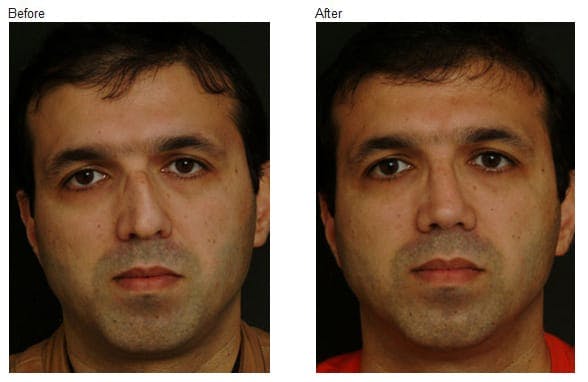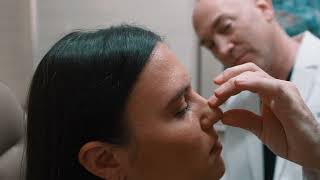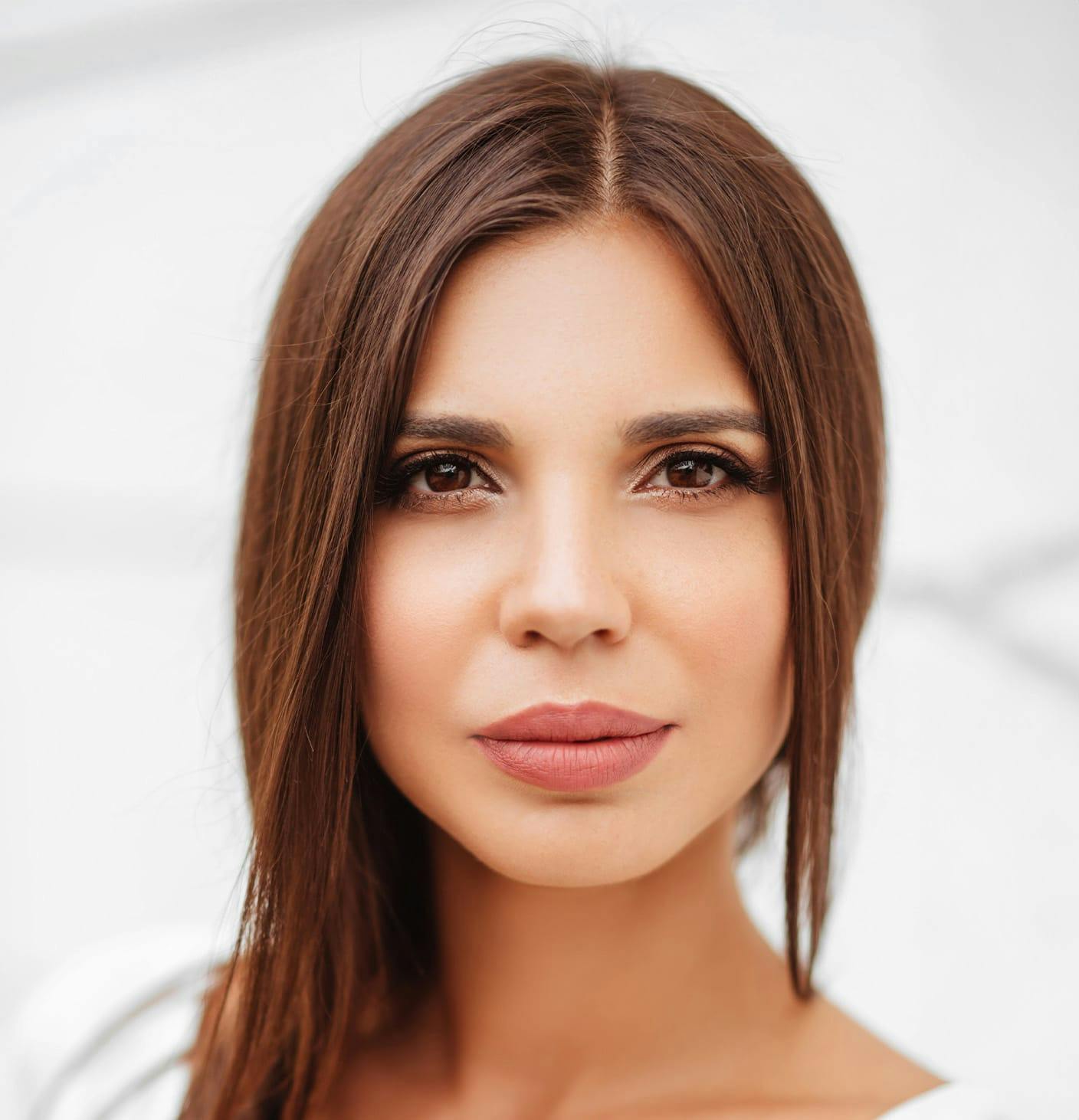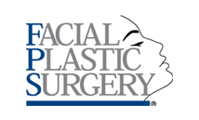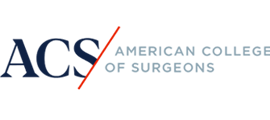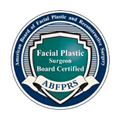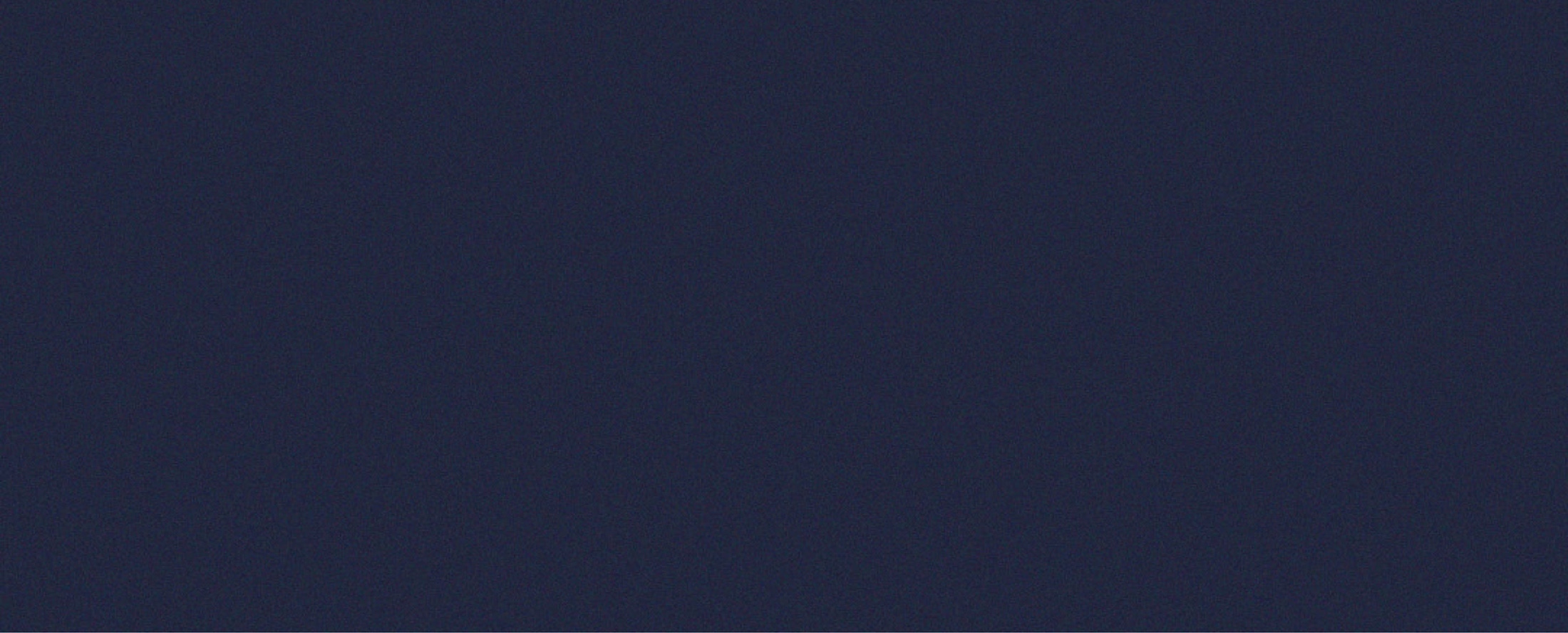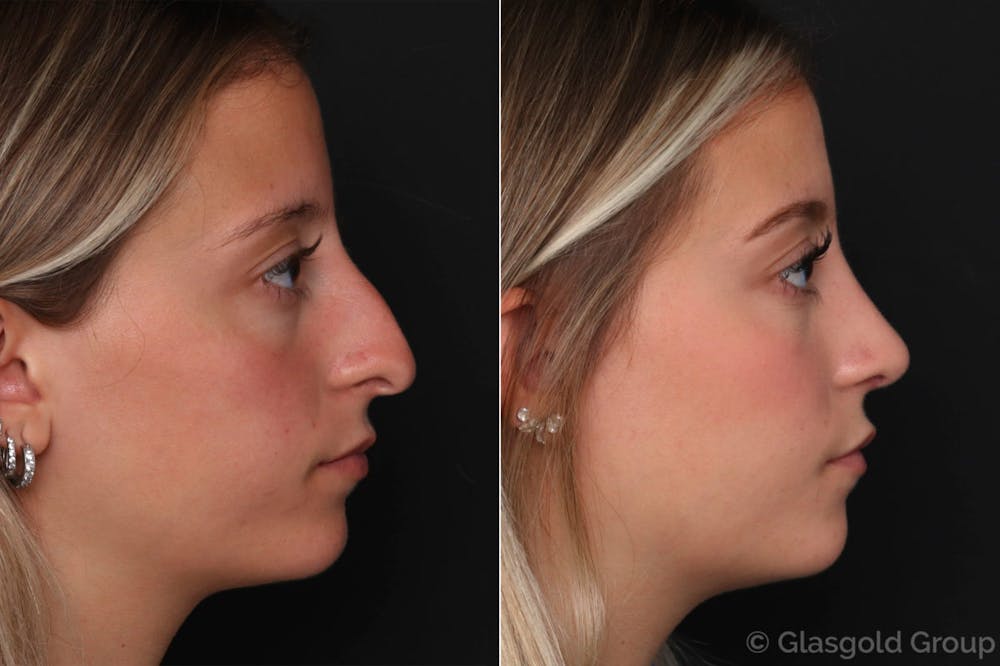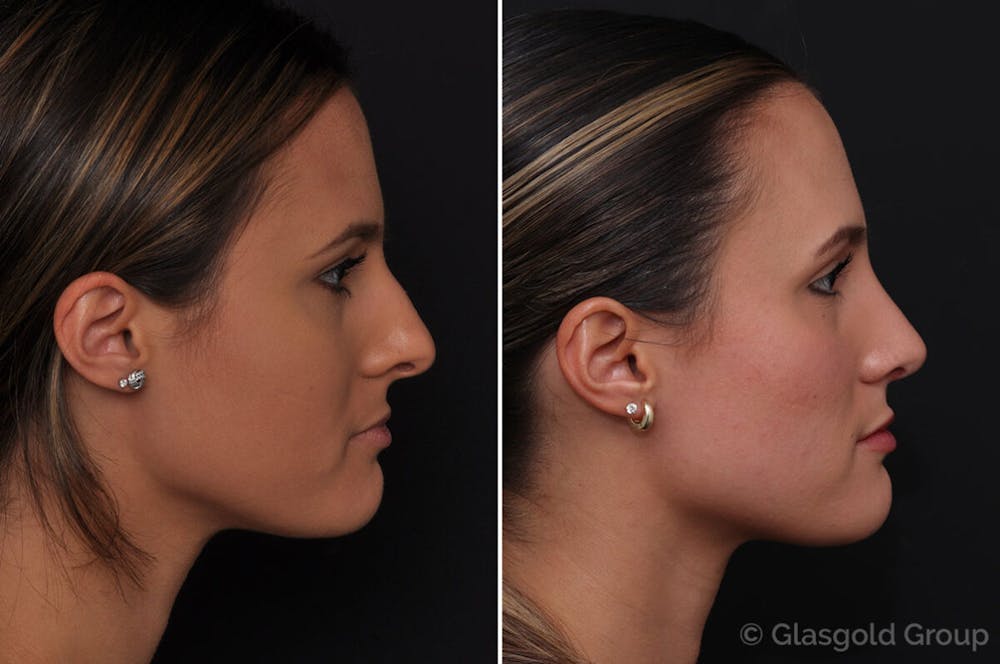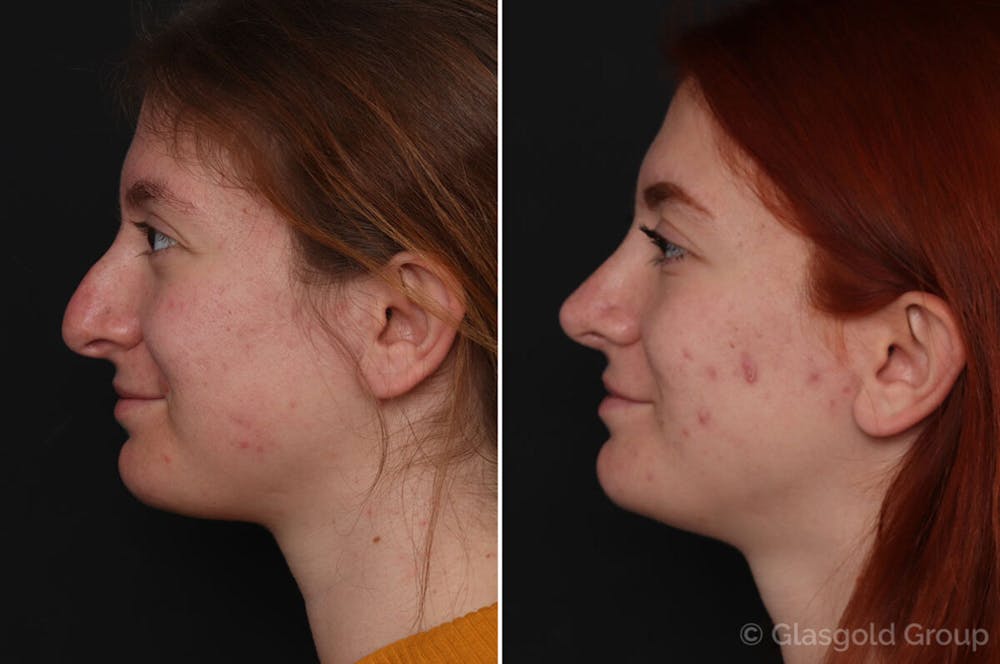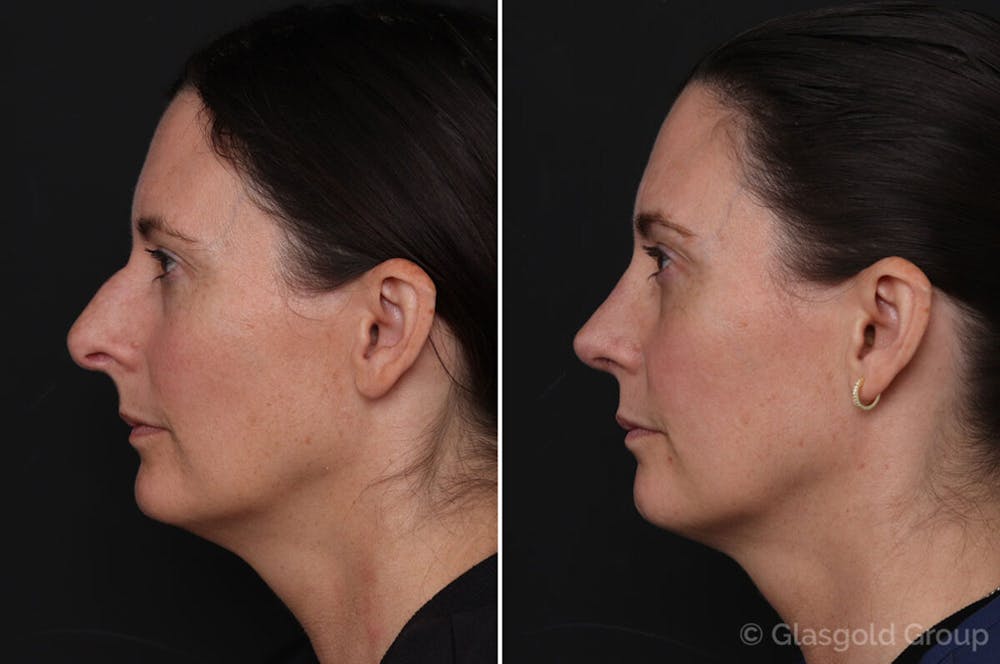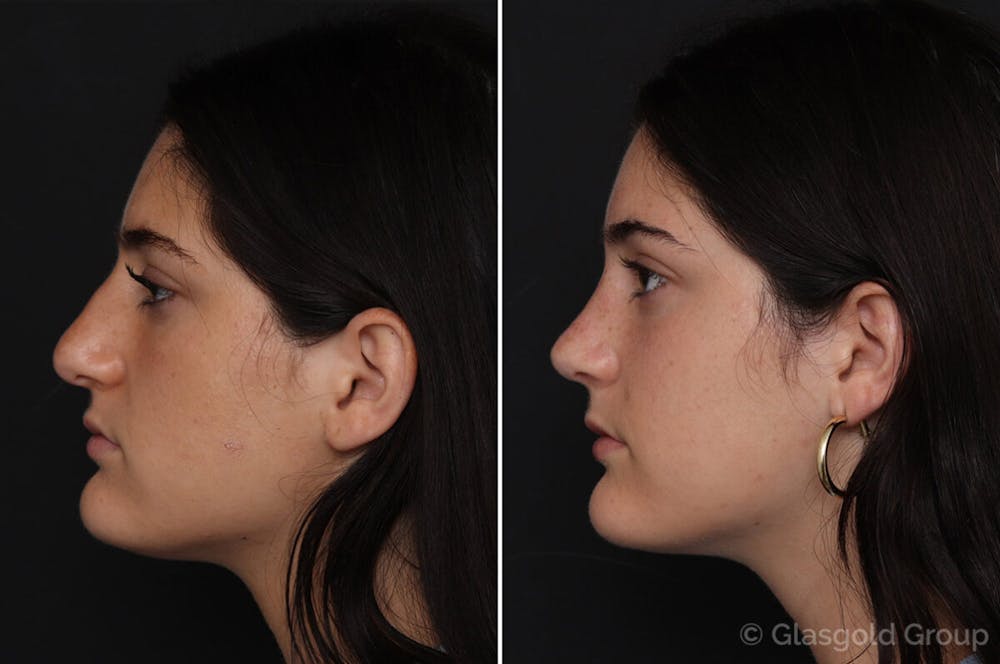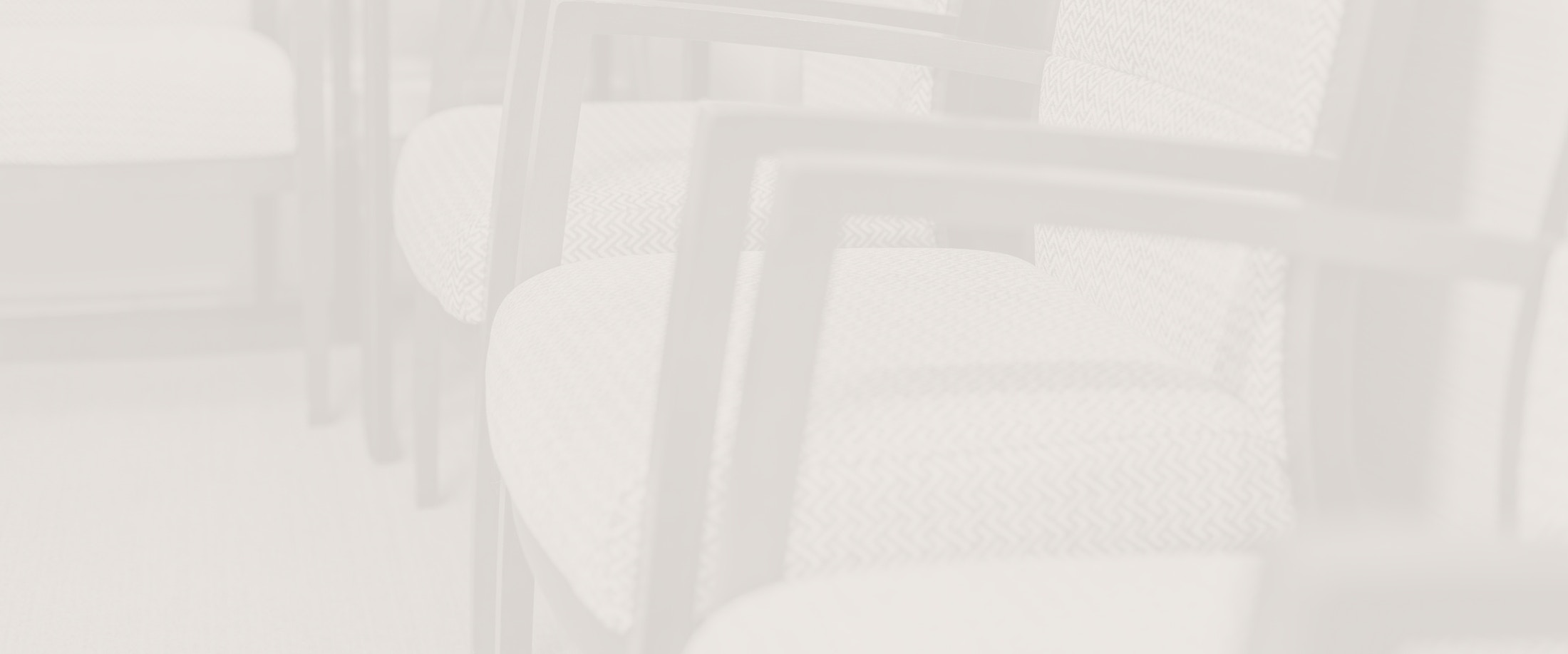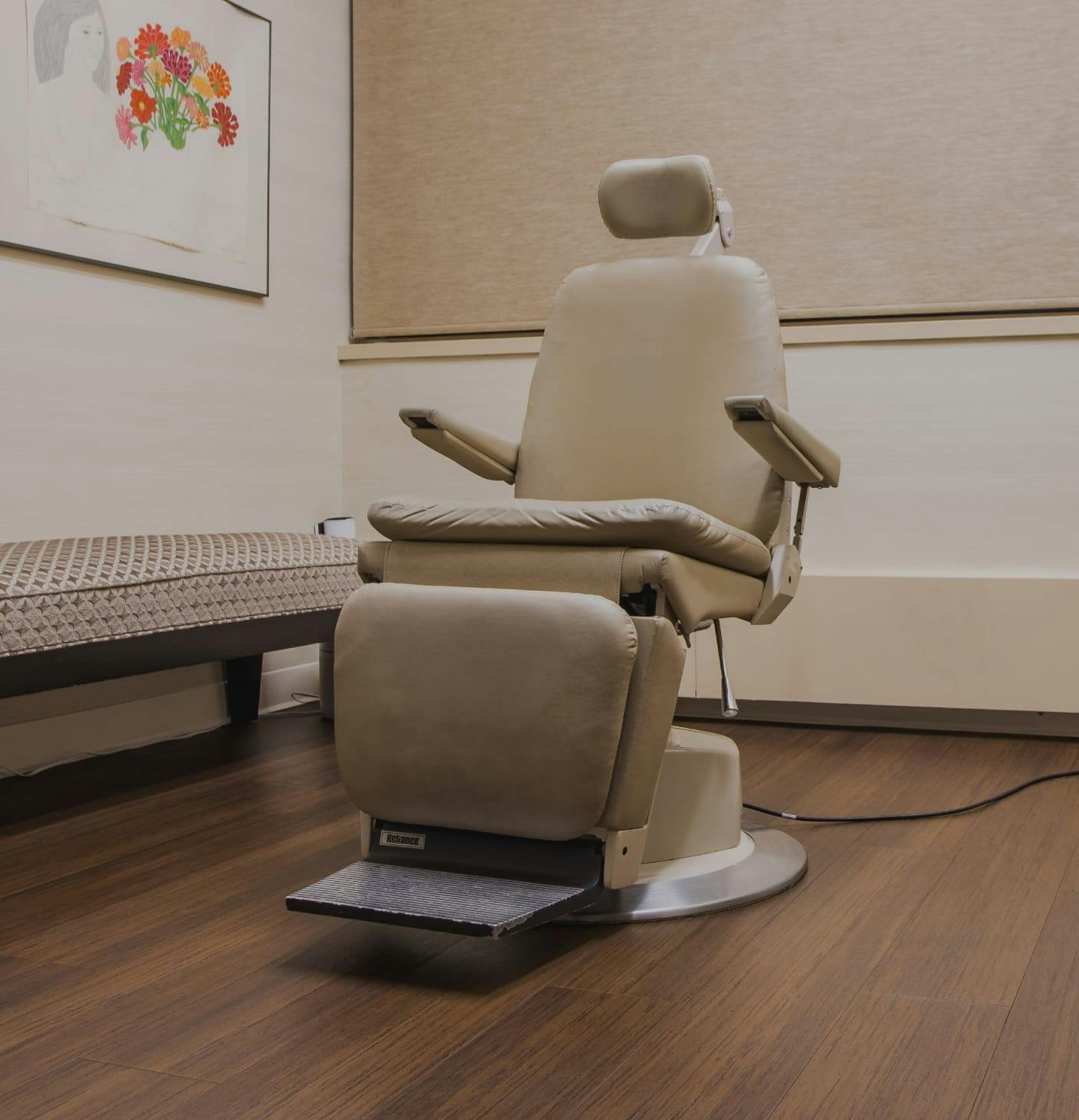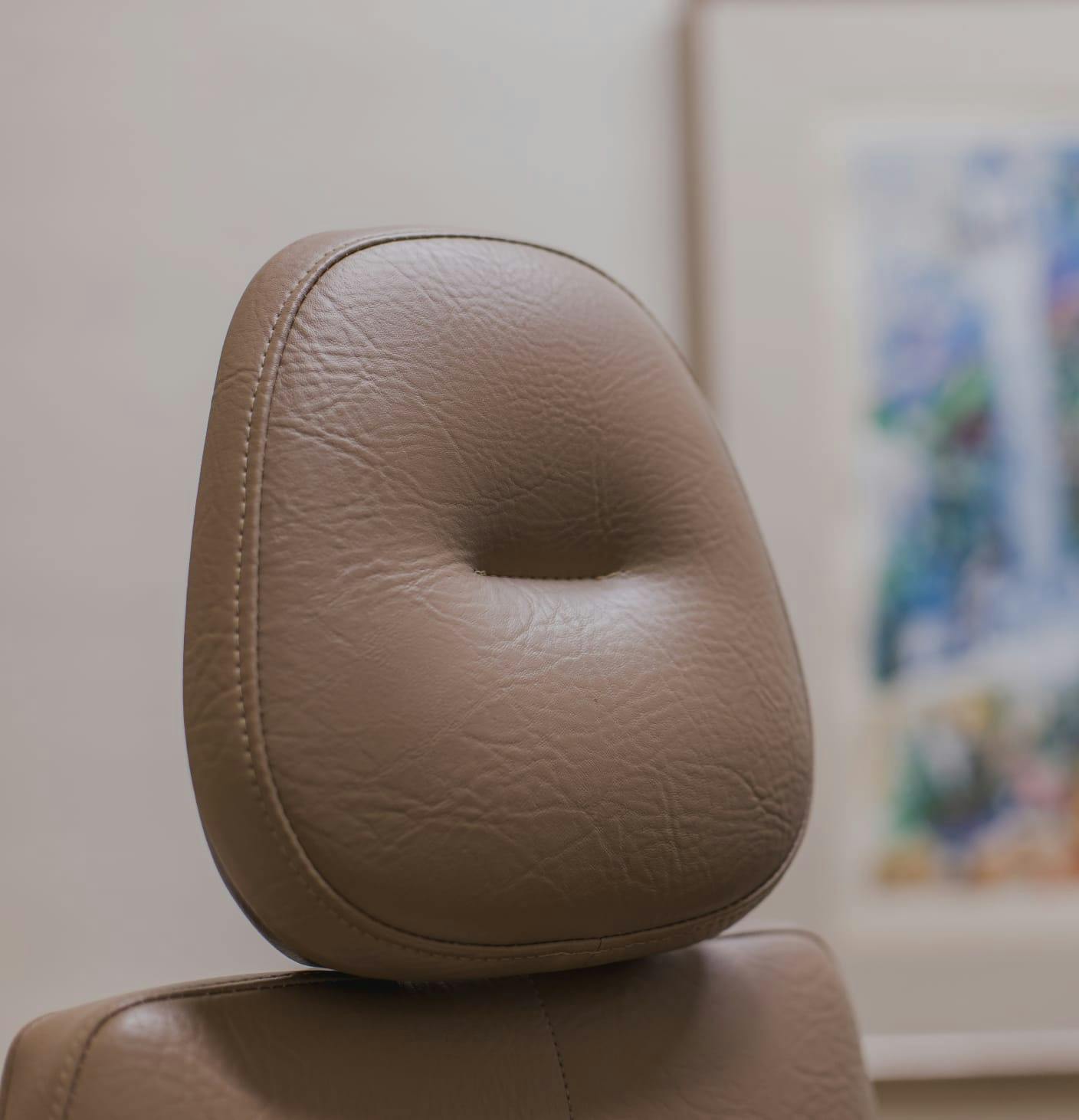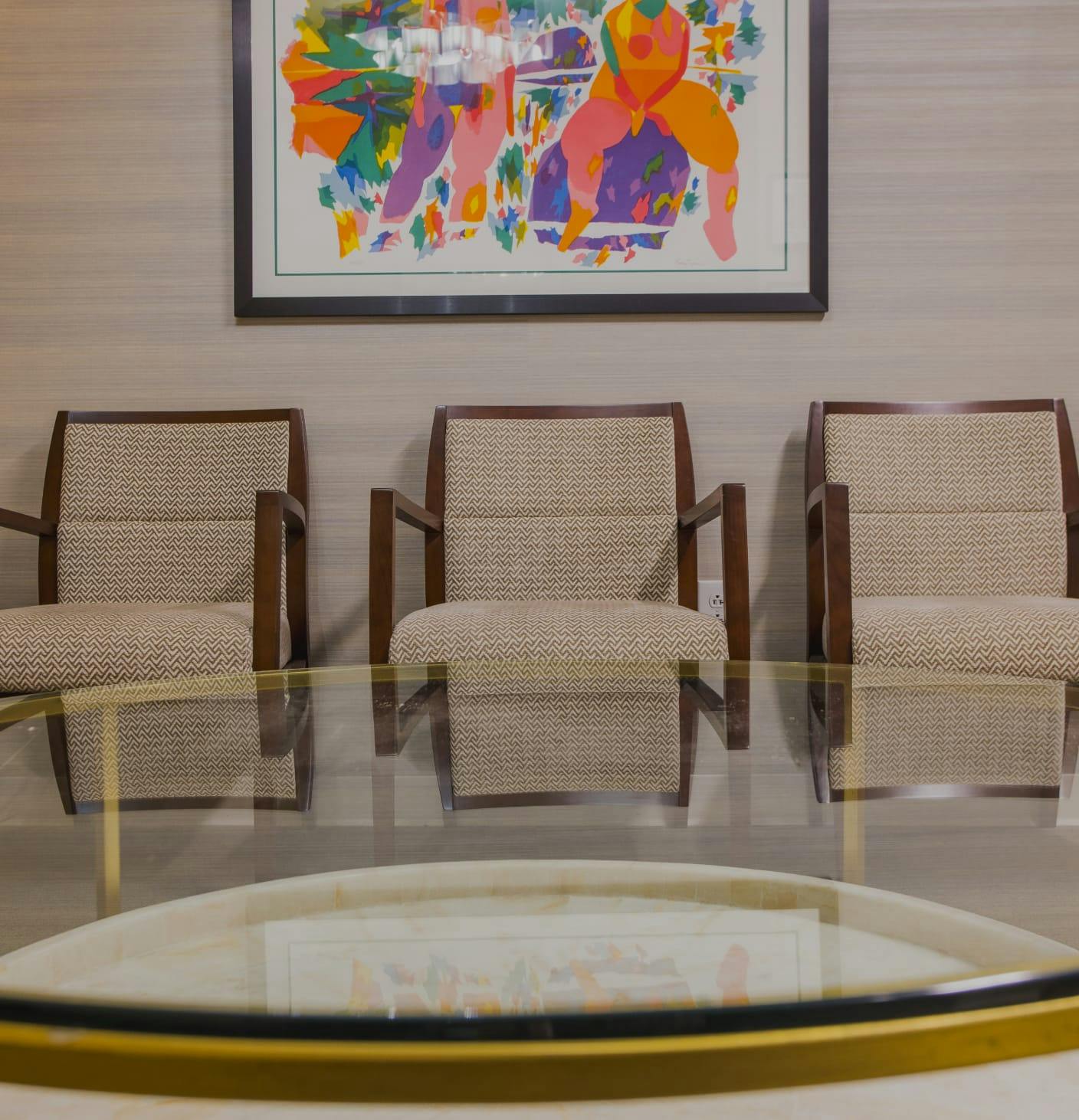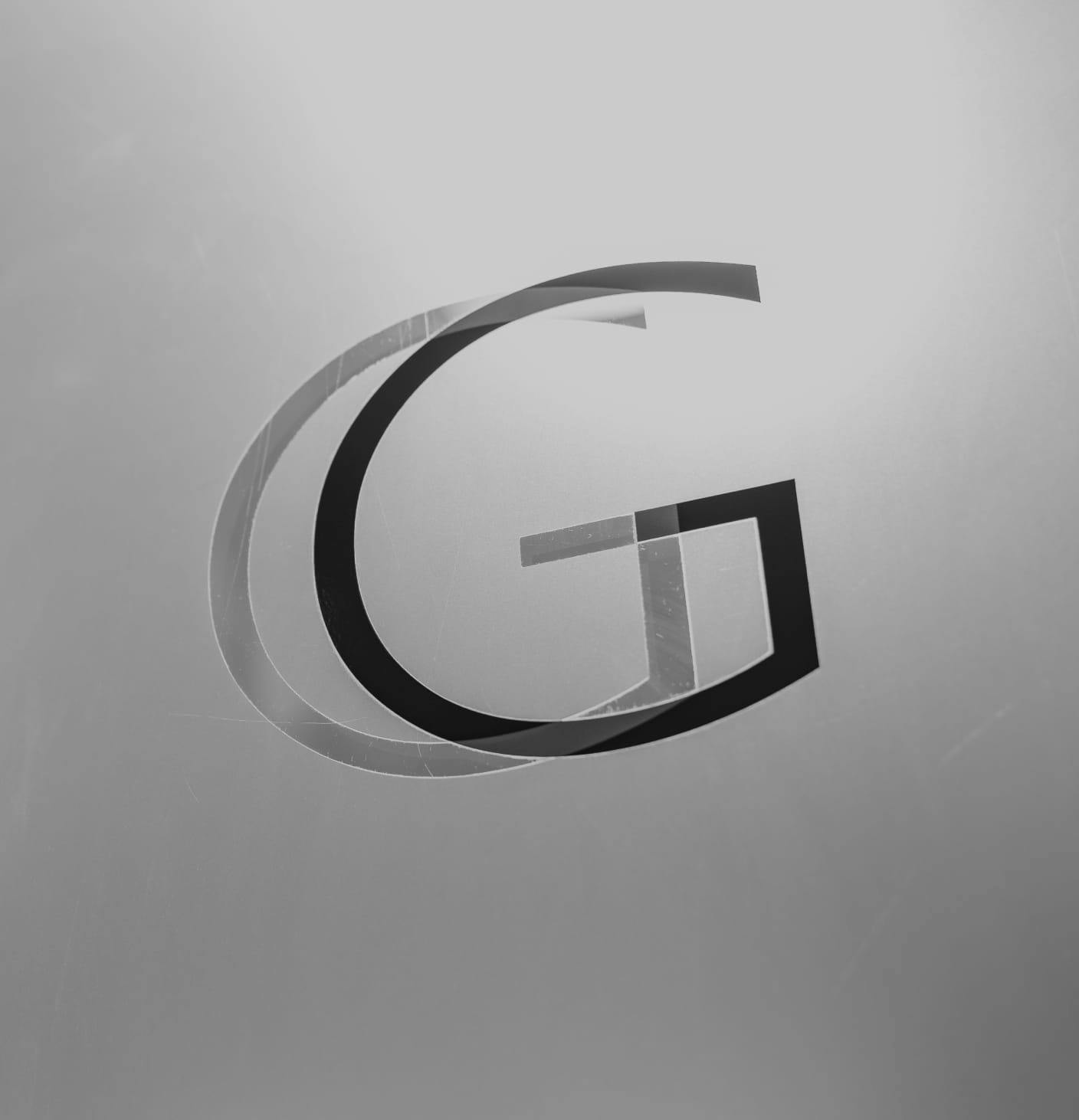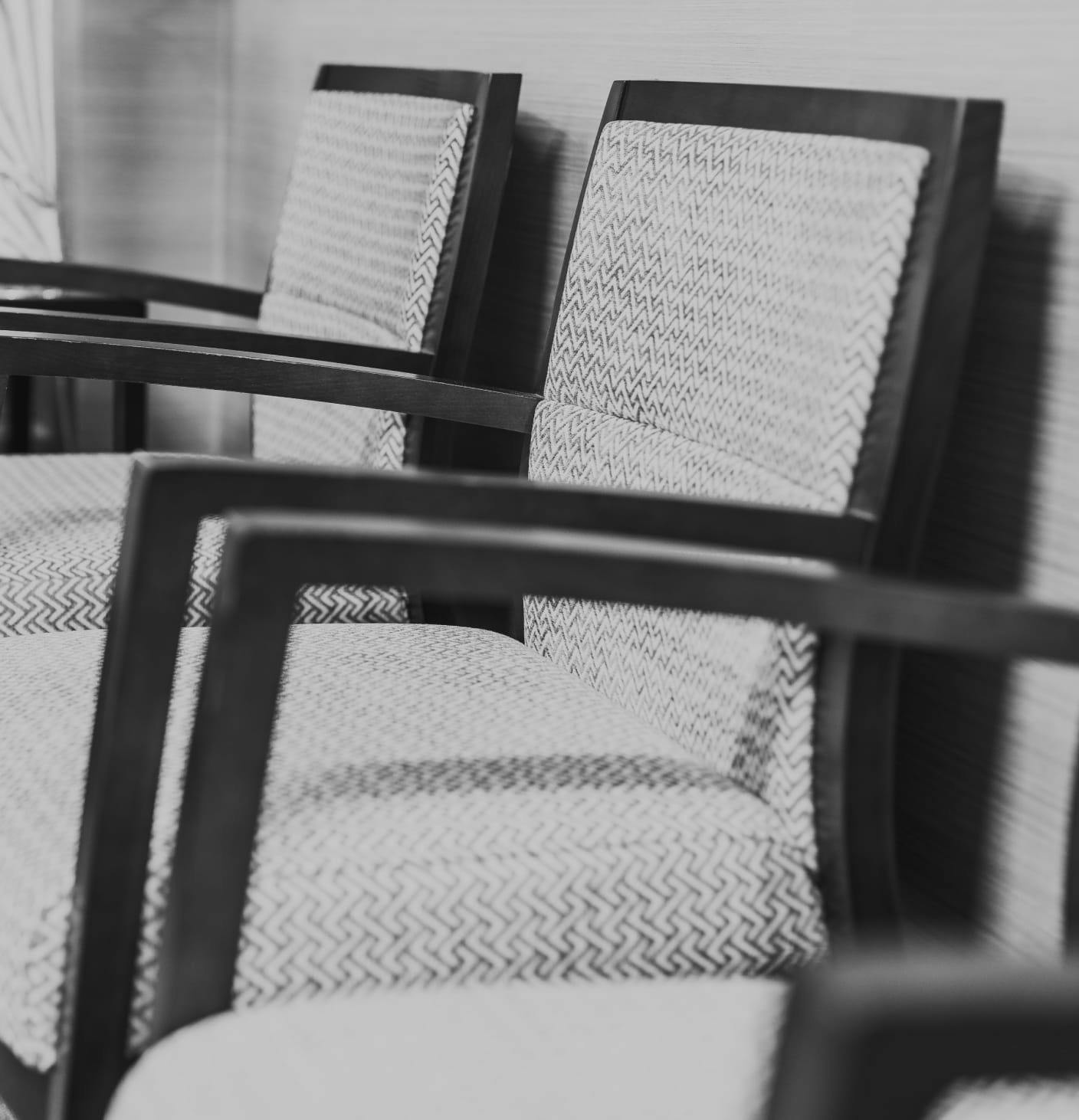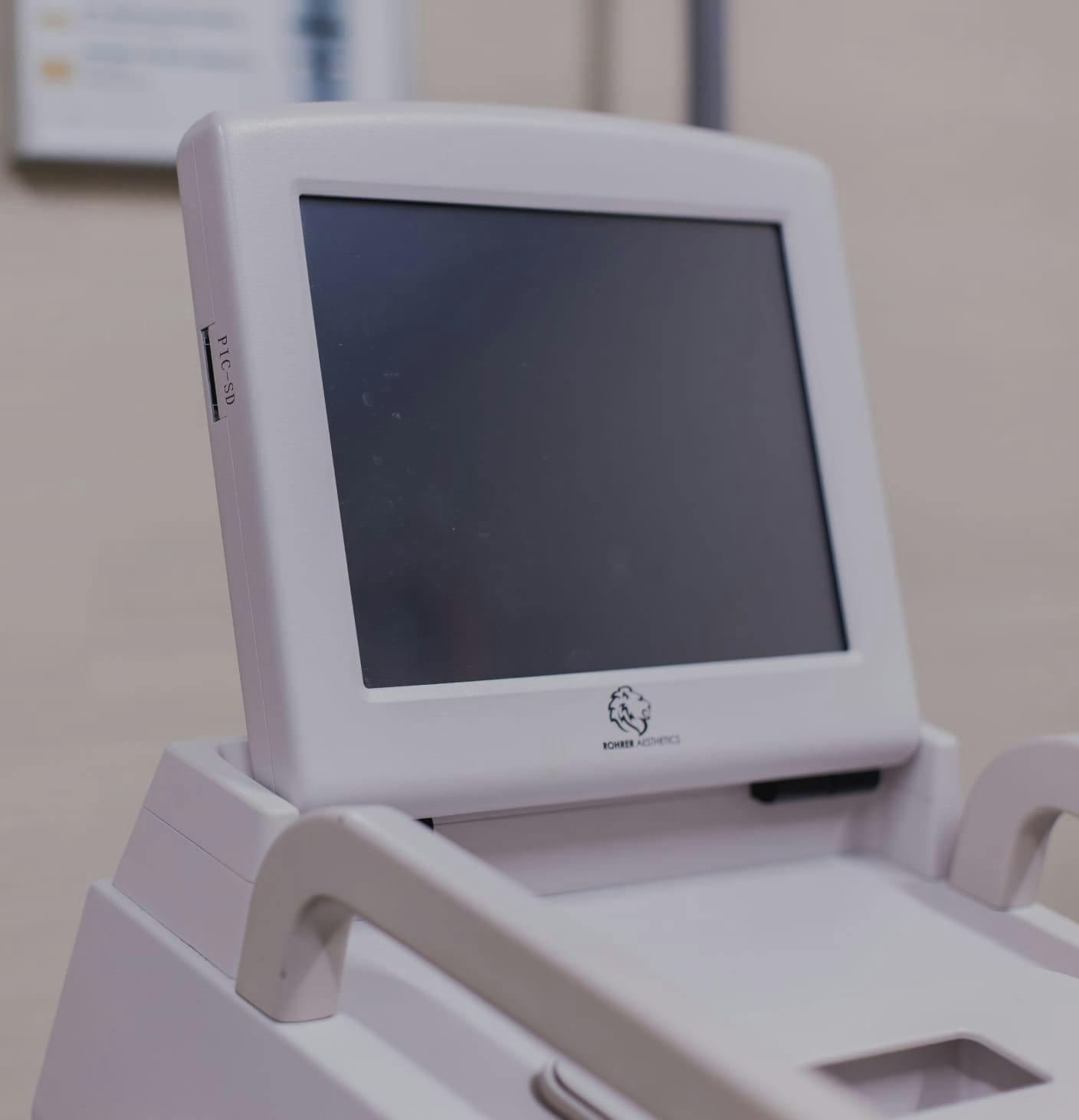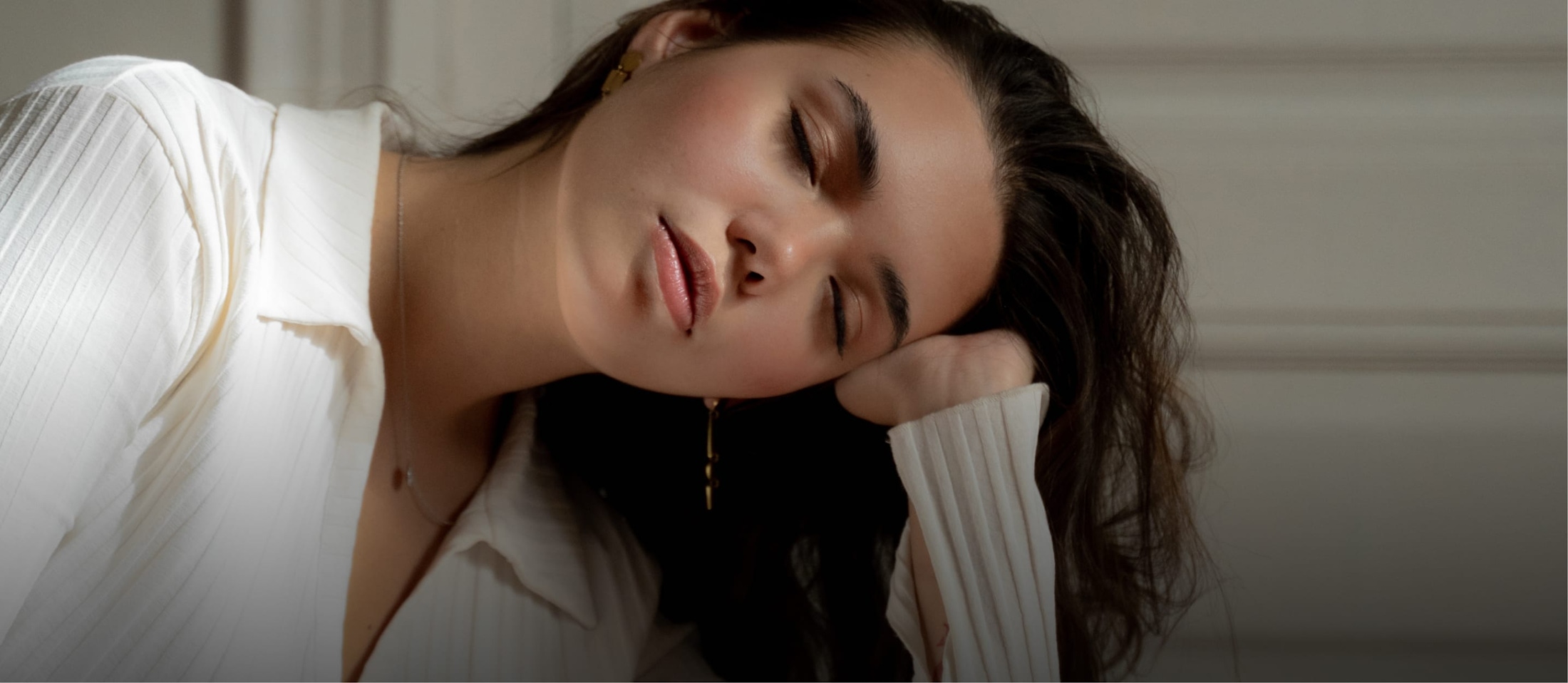Primary rhinoplasty, commonly known as a nose job, is not just a cosmetic procedure but a transformative journey that harmonizes facial aesthetics and improves nasal functionality. Glasgold Group Plastic Surgery in Princeton, NJ, led by renowned surgeons, brings a wealth of experience and a personalized approach to each rhinoplasty procedure.
Improving the Shape of the Nose
Rhinoplasty is a surgical procedure to re-contour the shape of the nose to create an improved aesthetic result. The surgery can also be performed to improve nasal function. We aim to create a nose that looks natural and balances well with a patient’s facial features. “Natural” should not be interpreted as minimal change; instead, we define “natural” by how well the nose blends in with the rest of the patient’s face.



